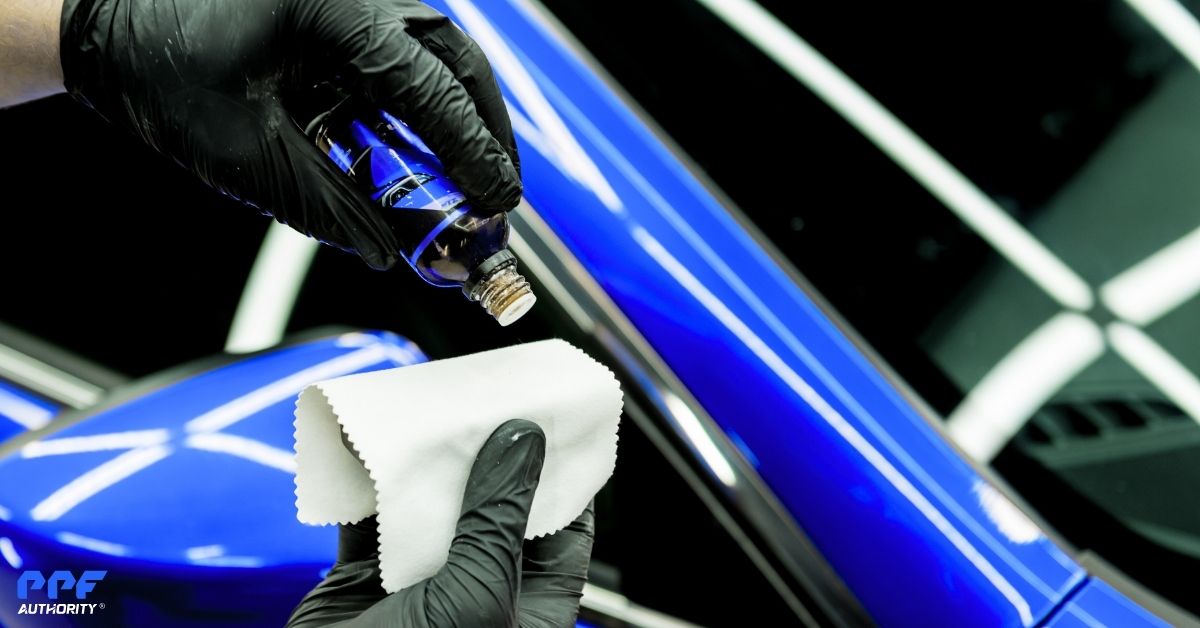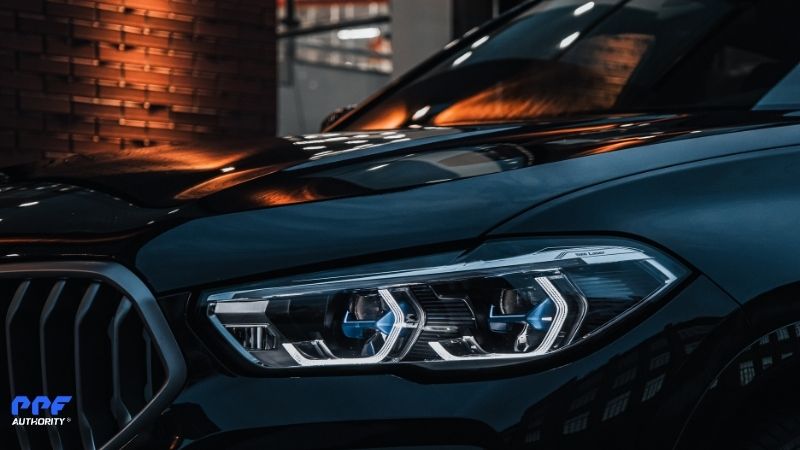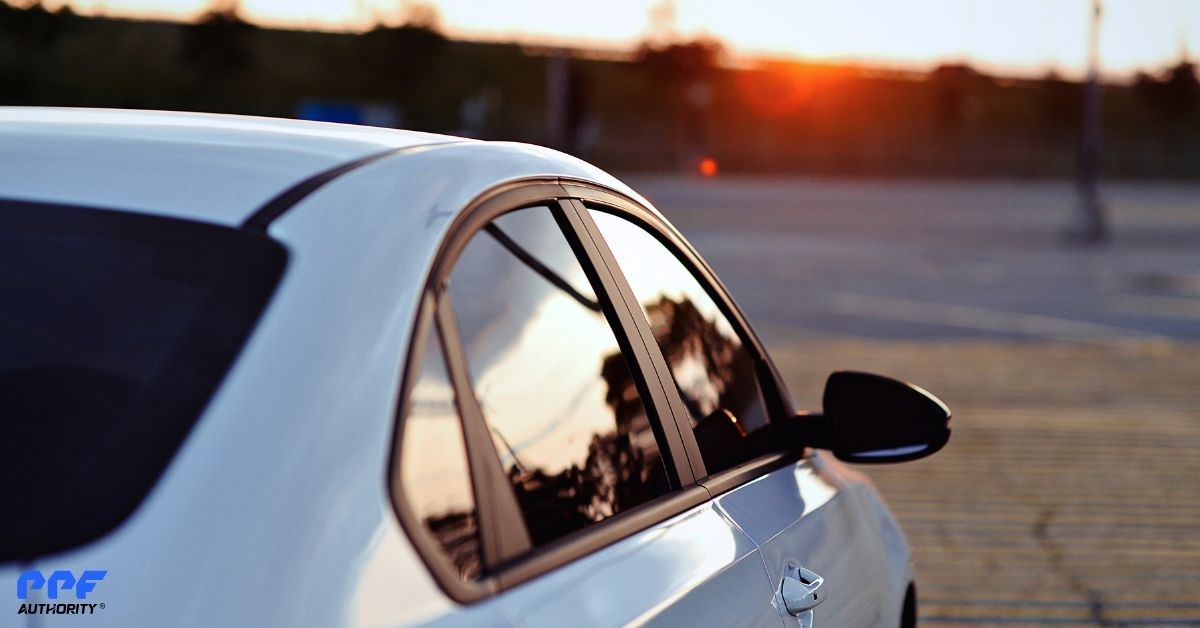Introduction
Installing windshield protection film is an excellent way to safeguard your windshield from chips, cracks, and scratches caused by road debris and other hazards. However, with the cost of high-quality film and professional installation ranging from $300 to $800, many drivers wonder if their insurance policy can help cover the expense.
In this article, we’ll explore how windshield protection film relates to car insurance, whether it can be covered, and tips for navigating the claims process if it’s included in your policy.
Is Windshield Protection Film Covered by Insurance?
The answer depends on your insurance provider and the specific details of your policy. While windshield replacement and repair are commonly covered by comprehensive insurance, windshield protection film falls into a gray area.
When It May Be Covered
- Preventative Measures: Some insurance companies offer coverage for protective measures that reduce the likelihood of claims, including windshield protection film.
- Custom Equipment Coverage: If you’ve added custom equipment or accessories to your vehicle, certain policies may extend coverage to include protective films.
When It May Not Be Covered
- Exclusions for Modifications: Some standard insurance policies exclude aftermarket modifications, such as PPF (Paint Protection Film) or windshield protection film.
- Optional Add-Ons Required: You may need to purchase additional coverage or riders specifically for customizations.
Steps to Determine Coverage for Windshield Protection Film
1. Review Your Policy
- Check the details of your comprehensive insurance policy for clauses about protective measures, customizations, or accessories.
- Look for terms like “custom equipment coverage” or “preventative measures”.
2. Contact Your Insurance Provider
- Speak directly with your insurance agent to confirm whether windshield protection film is covered.
- Ask about the process for filing a claim or getting reimbursed for installation costs.
3. Document the Benefits
Highlight how windshield protection film can save money for both you and the insurer by preventing costly windshield replacements.
Making the Case to Your Insurance Company
Insurance companies prioritize measures that reduce risk and claims. When discussing windshield protection film with your insurer, emphasize the following benefits:
1. Prevents Costly Replacements
- Windshield protection film absorbs impacts from rocks and debris, reducing the likelihood of chips and cracks.
- Highlight the high cost of windshield replacements for modern vehicles equipped with ADAS (Advanced Driver Assistance Systems), which can exceed $1,000.
2. Reduces Claims Frequency
Preventative measures like protection film decrease the likelihood of filing claims for windshield repairs, saving the insurer money over time.
3. Enhances Safety
The film minimizes visibility issues caused by cracks or chips, reducing the risk of accidents and related claims.
Can You File a Claim for Installing Windshield Protection Film?
If your policy covers windshield protection film, you may be eligible for reimbursement or direct payment to an installer.
How to File a Claim
- Document the Expense: Keep detailed records, including receipts and installation invoices, as proof of purchase.
- Submit Proof to Your Insurer: Provide documentation to your insurance company, along with any forms they require for accessory claims.
- Work with an Approved Installer: Some insurers may require you to use an installer from their network to qualify for reimbursement.
Tips for Getting Insurance to Cover Windshield Protection Film
1. Add Custom Equipment Coverage
If your standard policy doesn’t cover aftermarket modifications, consider adding custom equipment coverage.
- This add-on typically costs an additional $10 to $50 per year and covers accessories like protection film, custom wheels, and performance upgrades.
2. Bundle with Comprehensive Coverage
If you already have comprehensive insurance, ask about adding coverage for preventative measures like windshield protection film.
- Some insurers offer discounts for bundling these types of coverage.
3. Look for Preventative Care Incentives
Some insurance companies provide incentives for preventative measures, such as discounts or partial reimbursements for products that reduce the likelihood of claims.
- Ask your provider if windshield protection film qualifies for these benefits.
4. Provide Documentation of Savings
Highlight the cost savings associated with installing windshield protection film:
- Average cost of windshield protection film: $300–$800.
- Average cost of a windshield replacement: $500–$2,000 (depending on ADAS and other factors).
What If Your Insurance Doesn’t Cover It?
If your insurer doesn’t cover windshield protection film, it’s still a worthwhile investment to protect your windshield and reduce future expenses.
Out-of-Pocket Benefits
- Avoid the hassle of filing claims for repairs or replacements.
- Reduce long-term maintenance costs by preventing chips, cracks, and scratches.
Tax Deductions for Business Use
- If your vehicle is used for business purposes, the cost of windshield protection film may be deductible as a business expense.
- Consult a tax professional for advice.
Conclusion
While not all insurance policies cover windshield protection film, it’s worth exploring your options to see if your provider offers reimbursement or custom equipment coverage. This preventative measure not only protects your windshield but also saves money for you and your insurer by reducing the need for costly replacements and repairs.
Even if insurance doesn’t cover it, windshield protection film is a valuable investment in your vehicle’s safety, durability, and long-term cost savings. By protecting your windshield now, you can avoid expensive claims and enjoy a safer driving experience for years to come.


